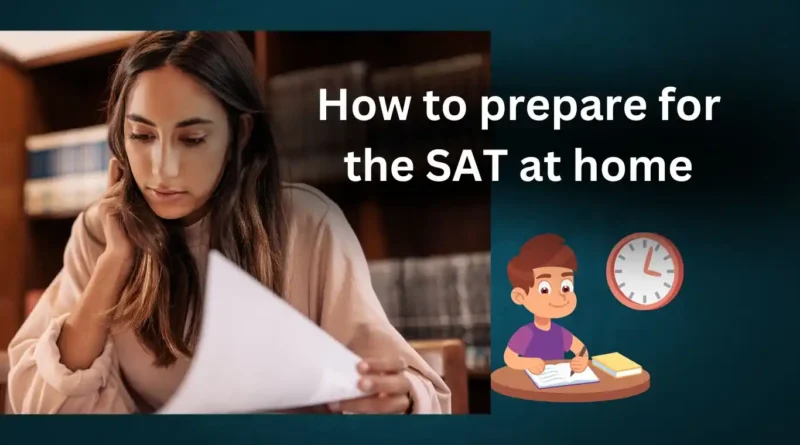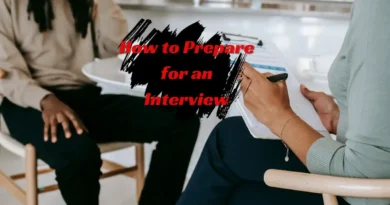How to prepare for the SAT at home
Preparing for the SAT (Scholastic Assessment Test) at home can be an effective and convenient way to improve your scores. With proper planning, resources, and dedication, you can create a structured study plan to maximize your preparation. Here’s a step-by-step guide on how to prepare for the SAT at home:
1. Understand the SAT Format and Content:
- Familiarize yourself with the structure of the SAT, including the sections (Reading, Writing, and Language, Math—with Calculator, Math—No Calculator, and Essay) and the types of questions you’ll encounter.
- Review the content areas covered in each section, such as algebra, geometry, grammar rules, reading comprehension strategies, and essay writing techniques.
2. Set Clear Goals and Create a Study Schedule:
- Define your target score and establish realistic goals based on your strengths and weaknesses.
- Create a study schedule that allocates specific time slots for each section of the SAT, practice tests, review sessions, and breaks.
- Stick to your schedule consistently and track your progress to ensure you’re meeting your study goals.
3. Gather Study Materials and Resources:
- Obtain official SAT study guides, practice tests, and review books from reputable publishers such as The College Board or Khan Academy.
- Explore online resources, including SAT prep websites, instructional videos, and interactive practice questions.
- Consider using SAT prep apps or software programs that offer personalized study plans, progress tracking, and additional practice materials.
4. Practice Regularly with Official SAT Practice Tests:
- Take full-length, timed practice tests under simulated testing conditions to gauge your performance and build test-taking stamina.
- Analyze your practice test results to identify areas of strength and weakness, focusing on improving your skills in challenging areas.
- Review the explanations for incorrect answers and understand the reasoning behind the correct ones to learn from your mistakes.
5. Focus on Targeted Review and Practice:
- Concentrate your study efforts on areas where you need the most improvement, whether it’s grammar rules, math concepts, or reading comprehension strategies.
- Utilize practice exercises and drills to reinforce key concepts and develop problem-solving techniques.
- Experiment with different strategies and approaches for tackling different question types to find what works best for you.

6. Develop Test-Taking Strategies:
- Learn time management techniques to ensure you can complete each section within the allotted time.
- Practice pacing yourself during practice tests, allocating appropriate time for each question and section.
- Familiarize yourself with strategies for guessing effectively, eliminating answer choices, and managing test anxiety.
7. Review and Refine Your Skills:
- Regularly review your study materials, notes, and practice tests to reinforce your knowledge and skills.
- Seek additional help or clarification on challenging topics through online forums, study groups, or tutoring sessions if needed.
- Continuously adapt and adjust your study plan based on your progress and feedback to maximize your preparation efficiency.
8. Take Care of Yourself:
- Prioritize self-care by maintaining a healthy lifestyle, including regular exercise, nutritious meals, and sufficient sleep.
- Take breaks when needed to prevent burnout and recharge your energy and focus.
- Stay positive and confident in your abilities, believing in your potential to succeed on the SAT with diligent preparation and perseverance.
By following these steps and committing to a comprehensive study plan, you can effectively prepare for the SAT at home and improve your chances of achieving your target score. Remember to stay disciplined, stay focused, and stay motivated throughout your preparation journey. Good luck!




